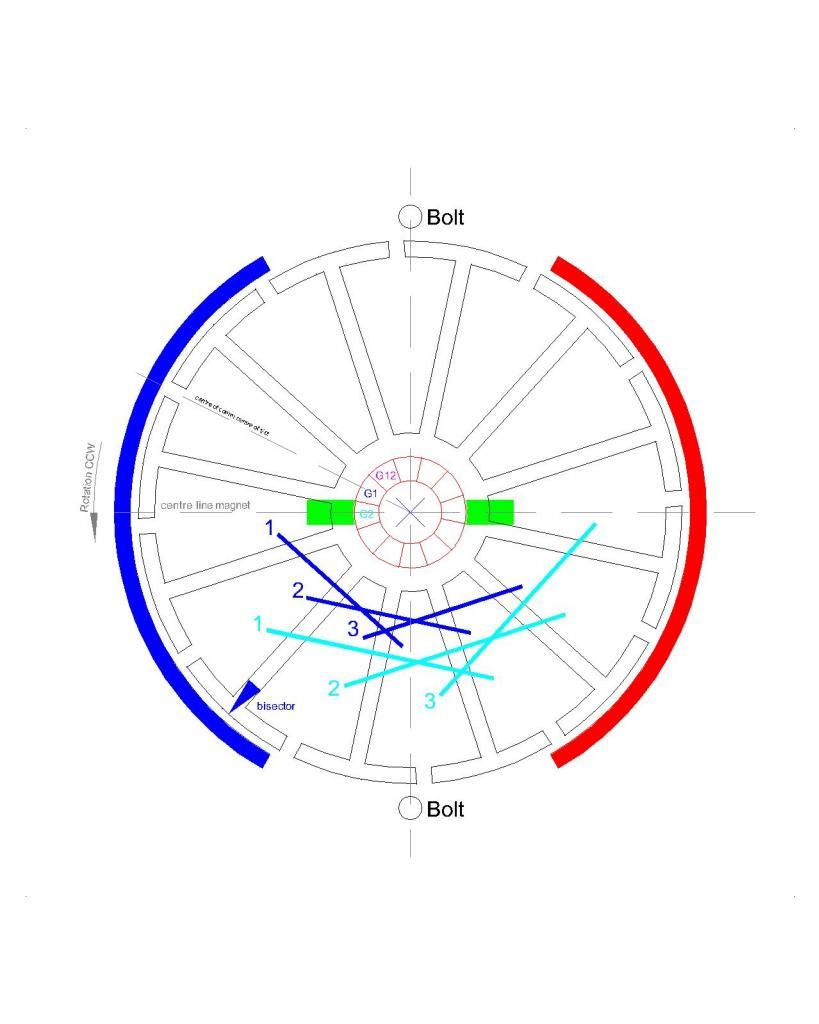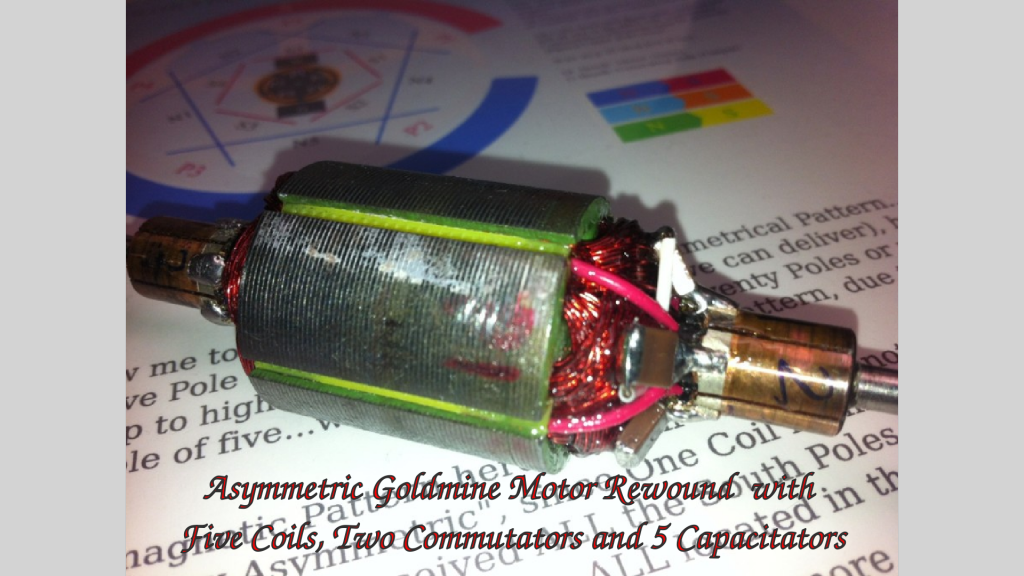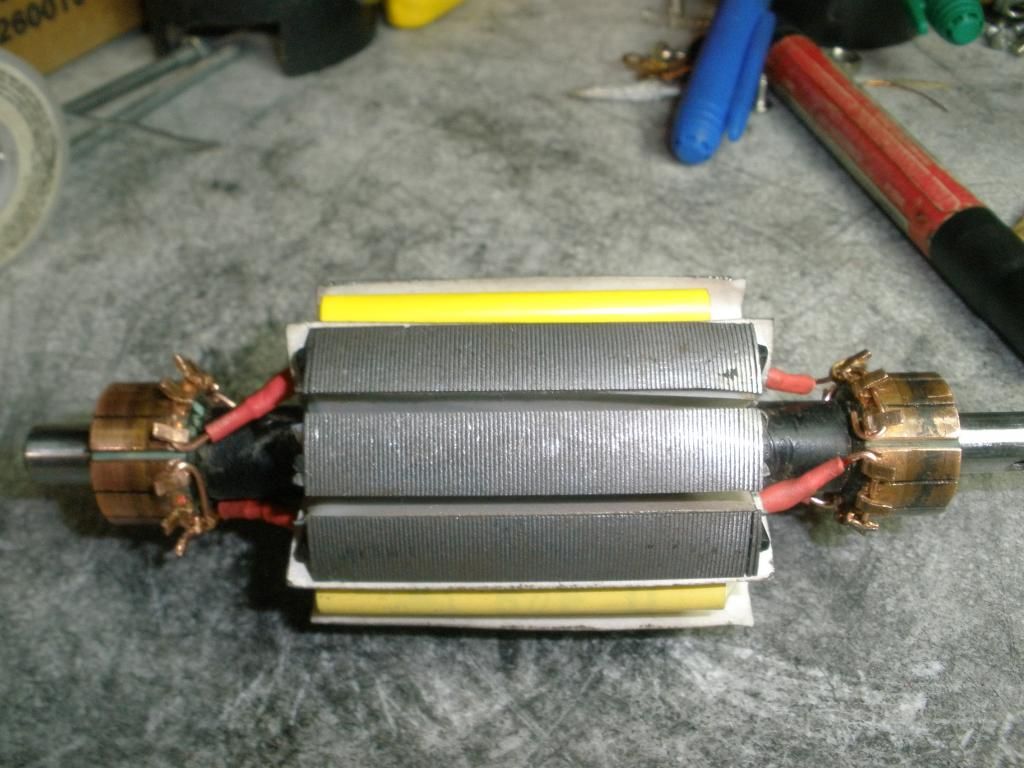Originally posted by HuntingRoss
View Post
Since your diagram is accurate, could you try your "quick and dirty" test like this? Set your G2 timing back/ccw 2 poles or just move the comm connection forward/cw 2 segments... The amps will be higher but by how much? And is the torque significantly stronger?
Keep it Clean and Green

Midaz

 [/URL][/IMG]
[/URL][/IMG] [/URL][/IMG]
[/URL][/IMG] [/URL][/IMG]
[/URL][/IMG] [/URL][/IMG]
[/URL][/IMG]






Comment